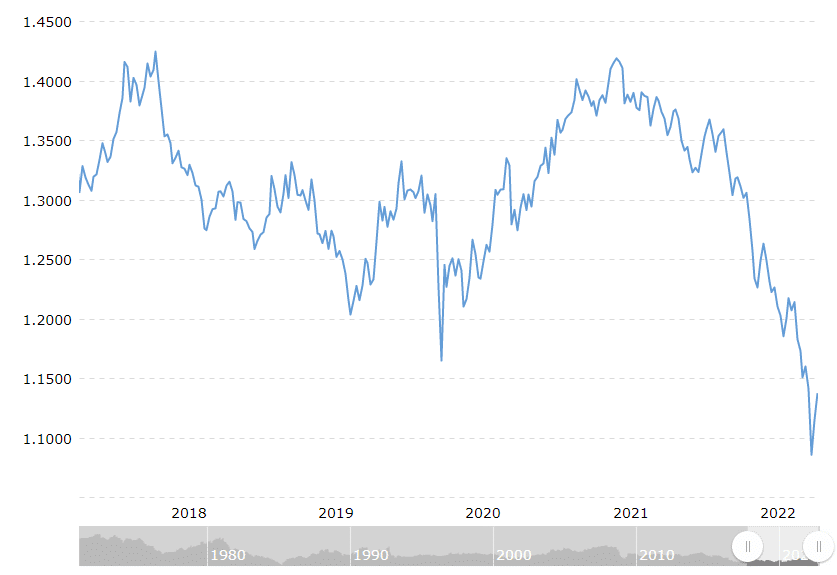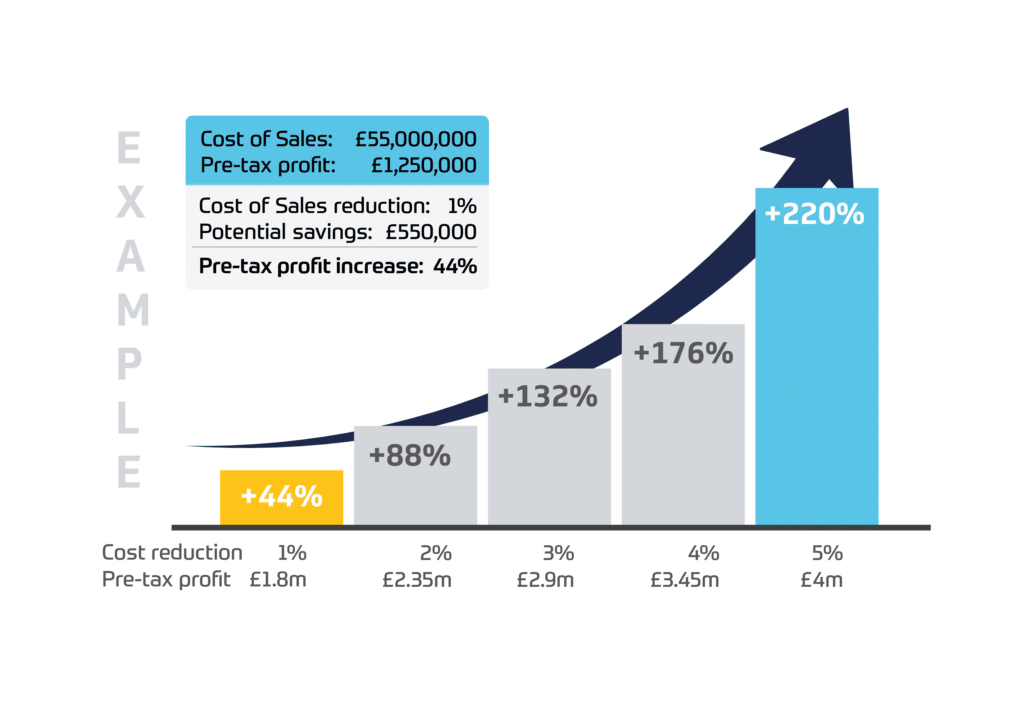Editorials
Food & Drink Manufacturers: How can you manage business uncertainty and build resilience to future proof your business?
During the last few months, the food and drink manufacturing industry have been under huge pressure from the weaker pound, increasing energy costs, and rising raw materials prices. Factories have also been impacted massively by external factors such as the war in Ukraine. Manufacturers are stuck within a vicious cycle between retailers, suppliers, and consumers. Being able to adapt to the new business uncertainty and building resilience is more essential than ever.
So, what exactly are manufacturers facing? Why is this cycle so vicious?
Stalemate for Retailers & Suppliers
Retailers are facing huge challenges between rising food prices and household budgets. Food prices have soared by 10.9% over the past 12 months to July. Some retailers are unwilling to pass these price increases onto consumers, so they have to negotiate with their suppliers in order to reach a compromise.
For example, Tesco was in a stalemate with Unilever over price increases on Marmite and several other food items. Tesco didn’t want its customers to pay the price even though Unilever and other food suppliers were experiencing higher costs. It took several months to end the stalemate.
How easy is it to achieve this ‘common’ ground? How long can a factory afford to spend on negotiation? At the end of the day, manufacturers need to put their products on retailers’ shelves and unfortunately, this means many of them having to absorb rising costs internally.
Raw Material Prices are Way Too High
For UK manufacturers, the situation could become a lot worse due to the devalued pound. Raw materials are more expensive due to the pound crashing against the dollar and the euro. The British pound has fallen to its lowest level against the dollar since 1985 following new Chancellor Kwasi Kwarteng’s ‘mini-budget’. One pound sterling would buy $1.37 on 26 September 2021 but it would buy you just $1.05 on the same day in 2022.

Pound Dollar Exchange Rate (GBP USD) – Historical Chart (source: macrotrends.net)
According to the British Retail Consortium, the UK imports around 40% of the food it consumes. The US and Europe are major exporters of food to the UK. In 2020, the UK imported £1.3 billion worth of food from the US. However, it would cost around an extra £200 million to purchase the same amount of food in September 2022, even without price increases from the producer.
Putting these numbers into individual businesses has an even bigger impact. Oakham Ales, a craft brewer based in Peterborough, imports hops from the US for its brews. The raw materials have become even more expensive as they have to buy in dollars, and they therefore take a big hit from sterling’s weakness. Manufacturers will need to either absorb the cost or pass it onto retailers. Given just one example of Unilever and Tesco as discussed earlier, how much more cost can manufacturers continue to absorb?
“We’ve absorbed the costs and the point might be coming where we can’t absorb any more.” Nick Jones, Oakham (The Guardian, 2022)
Factories’ Internal Challenges
From goods-in to goods-out, manufacturers are stuck in the middle absorbing the increasing costs, while at the same time, suffering from internal cost increases. Energy bills, higher interest rates, rising wages, and higher transportation costs put thousands of firms on the edge of existence.
To tackle the soaring costs, factories are actively looking for easy quick solutions to deal with the challenges. For example, KEM ONE, a PVC manufacturer in France, encourages its workers to work at night and over weekends in order to benefit from the off-peak cheaper electricity bills.
However, there is no point in evaluating the cost of turning a light on, if you can’t afford the mortgage on your premises and the team that brings it to life.
Short-term solutions could work at a time when the supply chain is stable and predictable. Preparing for business uncertainty and possible upheaval however requires a long-term strategy and structural resilience.
Actions are needed
In the short term, manufacturers are going to be confronted with challenging energy bills and the devalued pound this winter. In the longer run, factories are under pressure to look at their performance and optimise their production processes in order to build resilience and face future challenges.
At this stage, two actions seem critical in an attempt to bring production costs down and build structural resilience:
i) Revaluate production performance. It’s not just the OEE score that you need to pay attention to, but more importantly, the root cause of downtime. Waste is one of the key areas that factories can take full advantage of. Every year, millions of tons of waste are unnecessarily created across the manufacturing spectrum. By reducing end-to-end transformation costs by a mere 1%, could double or triple your net profit. (See graph below). This could be enough to tackle the challenges through this difficult winter.

Direct Transformation Costs from Inputs to Outputs
ii) Streamline your operations through digital transformation.
We found that many factories are still using paper or computer spreadsheets to record their production performance. This provides no option to control downtime, product quality or production issues, in real time.
A real time manufacturing execution system is more important than ever in times of business uncertainty. Instant visibility of all information could provide valuable opportunities to make cost-effective improvements and reduce waste, in real time. Operators can be proactive to prevent issues that might otherwise range from batch rejections to fines or even delisting. Managers can obtain real-time information for the production processes and ensure Right First Time, Right Every Time Quality.
Rapid ROI
As there is, for many companies, such a significant level of wastage contained within the conversion process, to implement a paperless system with such visibility should provide rapid and cost-effective improvements, such that no new money is required. The right system for the right application would be financed from existing wastage costs.
Systemisation is therefore absolutely essential for any company seriously intent upon minimisation of risk and wastage and maximisation of Right First Time quality, at lowest manufactured cost.
Surely Automation Can Come to the Rescue?
Not necessarily. Automation obviously has its role to play and there are some great examples across FMCG industries, who have used automation to great advantage. However, amongst all the other challenges, retailers are consistently looking for additional ways to drive down their own costs and are therefore less inclined to hold their own stocks in expensive to maintain chilled or frozen warehouses. Consequently, they task manufacturers to deliver smaller batch runs more frequently. This means that manufacturers are faced with more frequent product changeovers and more downtime. This in turn, means that some of the automation opportunities would be of little value as such opportunities can rely upon long batch runs with fewer changeovers.
Harford Control is here to help manufacturers not only get through this difficult winter, but also to help and support building resilience to face any future challenges. Harford MES helps factories eliminate risk, reduce wastage and improve efficiency by turning data into instantly actionable information. In some cases, we have helped companies make savings of 20% and even more. It costs nothing to share your application with us in confidence. Together we can manage business uncertainty more effectively and keep building that all important sustainability.
Visit Harford at https://www.www.harfordcontrol.com/ or call us on +44 (0) 1225 764461
Share your thoughts to Info@harfordcontrol.com or give us a call on +44 (0) 1225 764461




